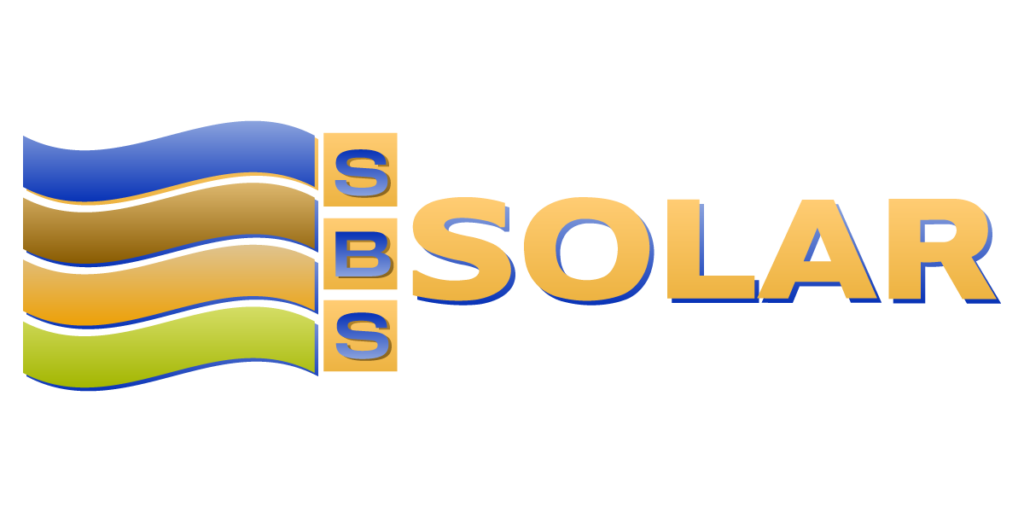 It was -13 this morning. We have snow on our solar modules. What do we do? Snuggle in, rent a movie, put on some hot cocoa.
It was -13 this morning. We have snow on our solar modules. What do we do? Snuggle in, rent a movie, put on some hot cocoa.
Not to worry. In Western Montana, grid-tie, net-metered homes make a majority of their solar power in the summer months. Winter power generation is a bonus, rather than a necessity. The days are shorter, the sun is lower and the sky is often overcast. This does not mean that we don’t generate any power, it just means that we generate significantly less in the months around winter solstice. Our sizing programs illustrate this well. December sunlight in Missoula Montana is summarized as 1.7 equivalent average sun hours while July data shows 7.5 average hours. So relax. Modules are generally set at an angle that enough snow will begin to shed, temperatures permitting. The cells are of dark colors that promote melting and with enough consecutive sunny days your modules will be generating power once again.
Fun Facts: Net-metered homes in Montana, energy production and usage are reset annually April 1st. So your solar electric photovoltaic system generates power in July (running your meter backwards) and you can use that generated credit now when your modules and you are snowed in.
